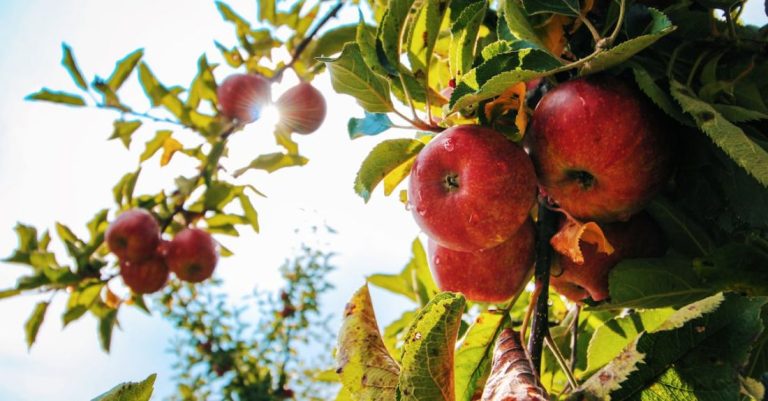
Creating beautifully shaped hedges can enhance the overall look of your garden or landscape. Properly shaped hedges not only add aesthetic appeal but also serve as functional barriers or privacy screens. Whether you’re a seasoned gardener or new to hedge trimming, this guide will provide you with essential tips on how to shape your hedges effectively.
**Choosing the Right Tools**
Before diving into shaping your hedges, it’s crucial to have the right tools on hand. Invest in a good pair of sharp hedge shears or an electric hedge trimmer to make the job easier and more precise. Additionally, using a string line or a cardboard cutout as a guide can help you achieve straight and uniform cuts.
**Timing is Key**
Timing plays a significant role in shaping your hedges. It’s best to trim hedges during the growing season to encourage bushy and healthy growth. For most hedge plants, late spring or early summer is an ideal time to shape them. However, it’s important to research the specific timing requirements for the particular plant species you are working with to avoid any damage.
**Start with the Right Shape**
Having a clear vision of the desired shape for your hedges is essential before starting the trimming process. Common hedge shapes include formal, such as box or spiral shapes, and informal, like naturalistic or free-form shapes. Consider the overall look you want to achieve and tailor your trimming technique accordingly.
**Techniques for Shaping Hedges**
When shaping your hedges, it’s essential to follow proper techniques to ensure a neat and tidy appearance. Begin by trimming the top of the hedge to the desired height using smooth, sweeping motions. Next, trim the sides using an upward and downward motion to create a slight taper towards the top. Remember to step back periodically to assess your progress and make any necessary adjustments.
**Dealing with Overgrown Hedges**
If your hedges have become overgrown, it’s important to approach the trimming process strategically. Start by removing any dead or diseased branches to promote healthy growth. Then, gradually trim back the excess growth, making sure not to remove more than one-third of the plant’s total height or width at once to avoid stressing the hedge.
**Maintaining Your Shaped Hedges**
After shaping your hedges, regular maintenance is key to keeping them looking their best. Lightly trim the new growth every few weeks to maintain the shape and promote dense foliage. Water your hedges regularly, especially during hot and dry periods, to ensure they stay healthy and vibrant.
**Troubleshooting Common Issues**
If you encounter any issues while shaping your hedges, such as uneven growth or gaps in the foliage, don’t panic. Use a sharp pair of shears to carefully trim back the unruly branches or fill in any gaps by encouraging lateral growth. Taking the time to address these issues promptly will help maintain the overall health and appearance of your hedges.
**Enhancing Your Landscape with Well-Shaped Hedges**
Well-shaped hedges can transform your garden or landscape, adding structure, texture, and visual interest. By following the tips outlined in this guide and approaching hedge shaping with care and precision, you can create stunning hedges that elevate the beauty of your outdoor space. Remember to enjoy the process and take pride in the results of your hard work.





